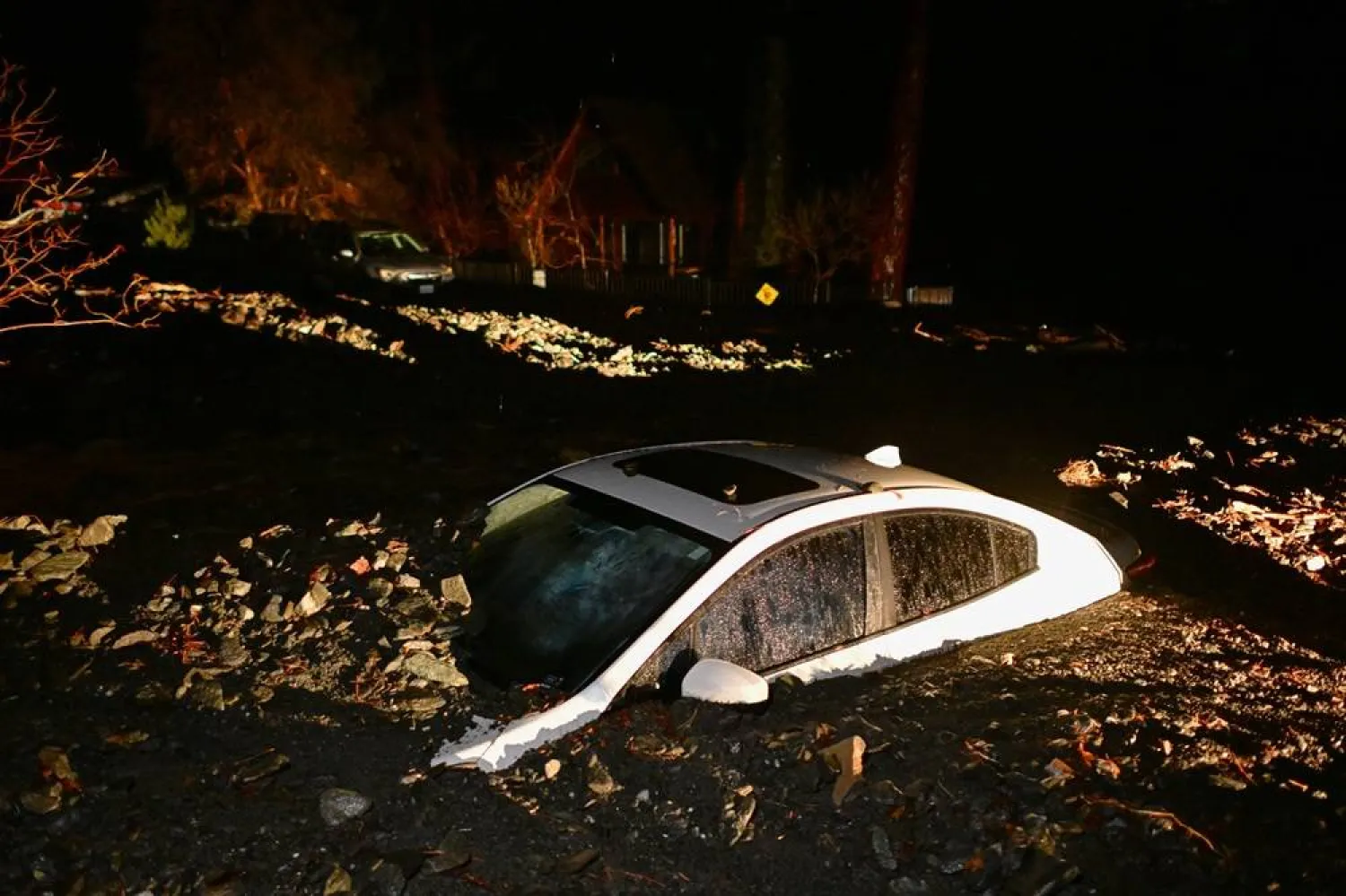At Croatia’s Dugi Otok island in the Adriatic Sea, scientists, demanding action to protect environmentally important meadows of seagrass, have been on a diving mission to assess the damage inflicted by human activity.
Named after Poseidon, the ancient Greek god of the sea, Posidonia oceanica, commonly known as Mediterranean tapeweed, provides food and shelter for fish, protects coasts from erosion, purifies sea water and can play a vital role in helping to tackle global warming.
A meadow of Posidonia can annually soak up to 15 times more carbon dioxide than a similar sized piece of the Amazon rainforest, scientific research has found.
But the scientists say much more needs to be done to protect it from tourist anchoring and from trawlers dragging fishing nets in the waters of the Adriatic Sea off Dugi Otok and the surrounding Kornati archipelago national park.
They have urged tougher regulations and fines for anyone breaching them.
Dominik Mihaljevic, a biologist at the national park, said the park had begun to install anchorages that would not harm the seagrass.
"Our ultimate goal is to completely prohibit anchoring at the 19 anchorage locations that are currently in use," Reuters quoted him as saying.
Matea Spika, a senior associate at Croatia’s Sunce environmental protection association, told Reuters Mediterranean Posidonia, endemic to the Mediterranean Sea, had declined by 30% in the last 30-to-40 years.
Apart from the issue of anchors and fishing nets, she said chemicals, excess nutrients from farms and cities, warmer waters due to climate change, and invasive species had caused further damage.
New ports and artificial beaches have also blocked sunlight essential for Posidonia’s growth.









